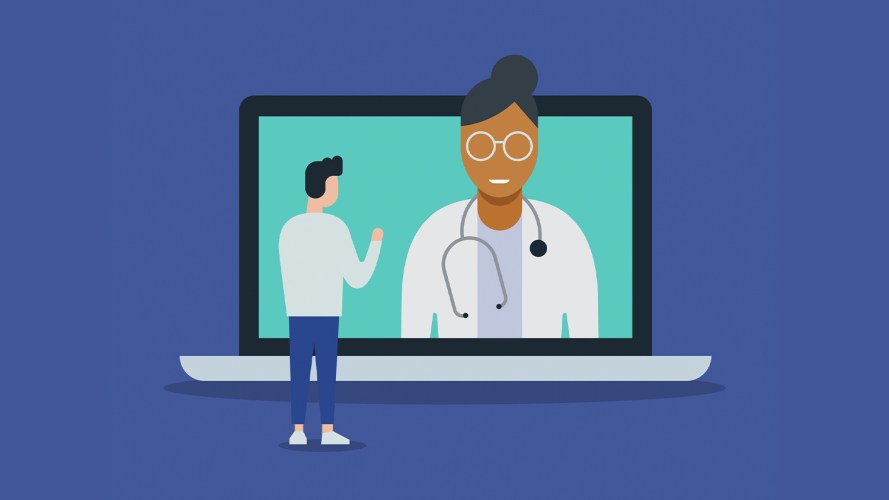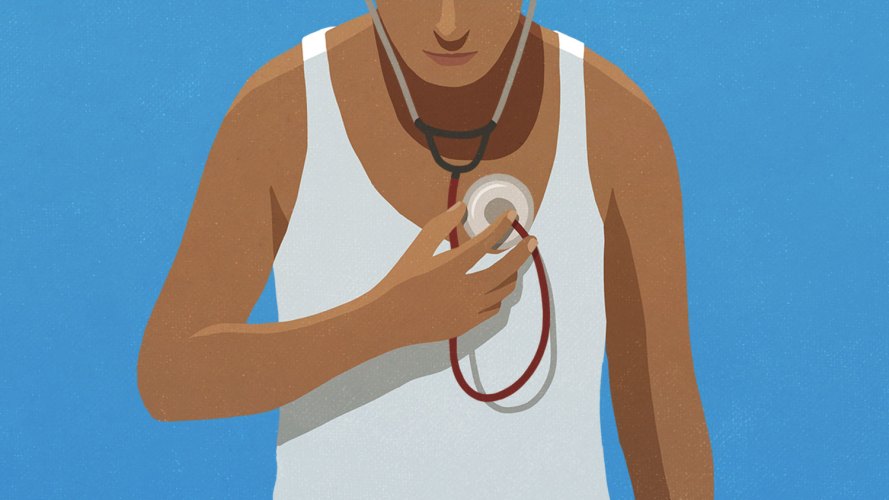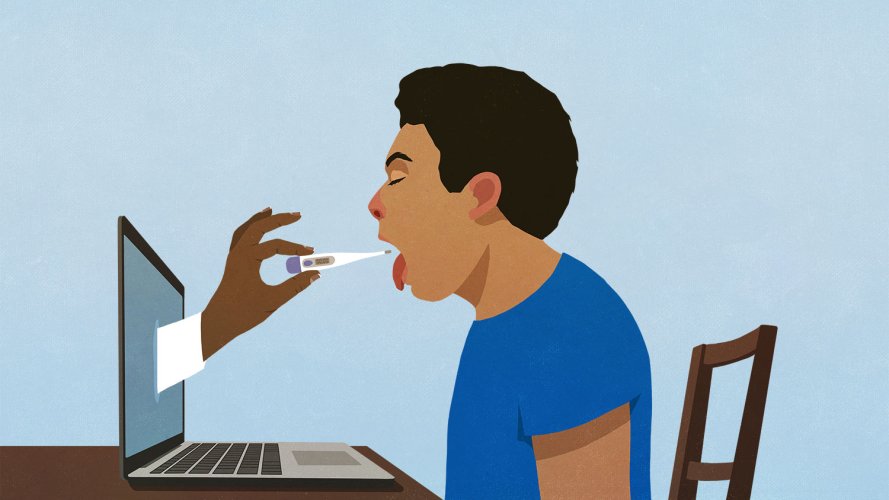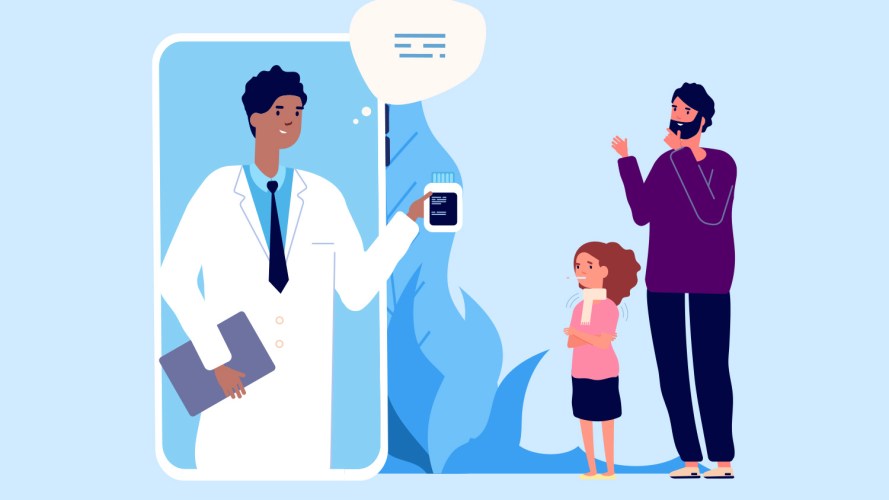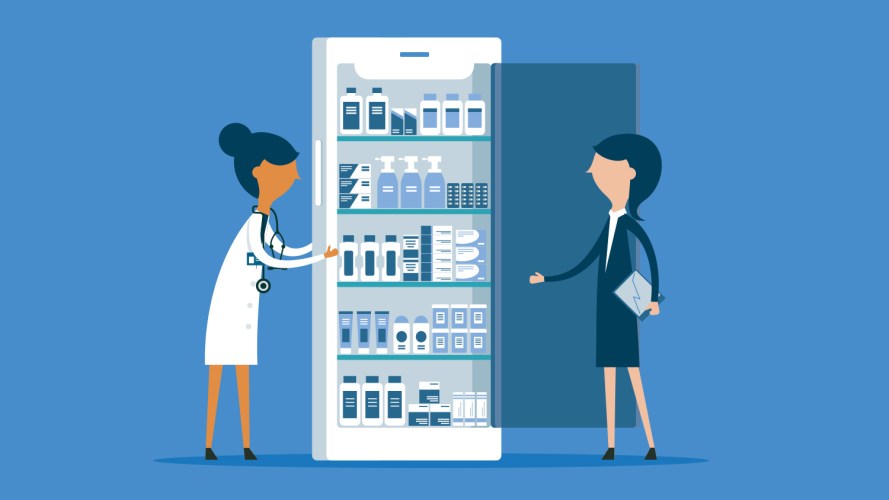How a Team of Scientists at City of Hope Manages Cancer Research
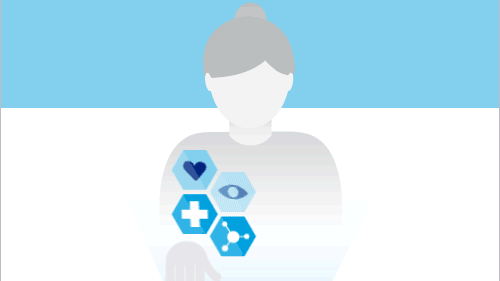


City of Hope is dedicated to making a difference in the lives of people with cancer, diabetes, and other life-threatening diseases. Read about how they're modernizing their data collection process to make a bigger impact on cancer research.
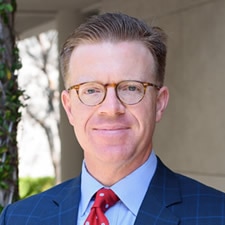
James Lacey
City of Hope is dedicated to making a difference in the lives of people with cancer, diabetes, and other life-threatening diseases. Our mission is to transform the future of healthcare by turning science into a practical benefit — to turn hope into reality.
We accomplish this by providing outstanding care, conducting innovative research, and offering vital education programs focused on eliminating these diseases.
As a researcher and Director of the Division of Health Analytics at City of Hope, I investigate and collaborate on research projects designed to understand the causes of cancer, including hereditary and environmental factors, to achieve better outcomes and ultimately prevent the disease.
Launching the California Teachers Study
Several years ago, I was determined to improve the way researchers collect and share information. At the time, I was about to lead the California Teachers Study (CTS), a complex, long-term research project funded by the National Institutes of Health.
CTS began in 1995-1996 when 133,479 female teachers and school administrators agreed to participate in the study designed to understand why female teachers appear to be at higher risk for breast cancer. We continue to collect and analyze data from these participants today.
Over the years, some participants also donated blood samples for this research. To collect the blood, we’d ask participants to allow us to visit them, collect a blood sample, and fill out a paper survey about their health.
Our phlebotomists then drove the blood samples and paperwork back to the office for processing. This type of manual process was time-intensive and generated stale data.
Streamlining data collection by going digital
I knew there had to be a better way to collect, analyze, and share information. Initially, I was looking to create a single source of truth for all the data we collected so that our entire team could access and share information faster and more reliably. I also wanted to provide a mobile solution for our phlebotomists, one in which they could eliminate paperwork and capture and upload forms and scan blood samples from a mobile device.
I wasn’t aware of a research solution that would suit our needs. However, a member of the team had recently attended a dinner party in the Bay Area. She told the group about CTS and mentioned how my team at City of Hope was looking to modernize our data collection process. She explained our challenge and one person suggested we look into Salesforce.
Why not? Salesforce helps companies successfully manage and connect with customers in other industries. It should be able to help us manage and connect with CTS participants.
When the opportunity arose for me to lead the study, my team at City of Hope collaborated with Cloud Sherpas (later acquired by Accenture) and deployed Salesforce. Within four months, we had spun up an integrated solution that proved to scale and work. Cloud Sherpas also developed a custom mobile application that integrates with Salesforce and streamlines data collection.
With this new solution, our phlebotomists scanned all of the blood samples using the mobile app. They obtained participants’ informed consent via the mobile app. Scanning every blood tube and every FedEx air bill that we used to ship the samples to the lab enabled us to collect every sample the same way, to uniformly capture key metrics, and to use that data to improve our outcomes.
Additionally, as a result of automating time-consuming tasks, our researchers were able to spend more time interacting with participants and less time writing notes on paper and then re-entering those notes on a computer. Plus, the quality of our data improved.
Thinking outside the box
This all started with a desire to accomplish two goals: Digitize and consolidate our data and give our phlebotomists a mobile solution to use in the field. Thanks to ongoing support and a lot of ideas from Accenture, we now use Salesforce to manage almost all aspects of our participant relationships.
For example, my team relies on Salesforce as a platform for identifying and recruiting study participants and for tracking response rates. We also use Salesforce to generate surveys that are customized based on a participant’s previous response; no more “one size fits all.”
With Salesforce, we’ve consolidated processes that previously took weeks, even months, into a consistent process that can take minutes.
Now, instead of wrangling data and wrestling with paper forms, we can focus more on our cancer research and our interactions with our research volunteers. We can dive deeper into the data to uncover new findings and share and inspire others in the field of epidemiology and beyond.
“Why not?” For my team at City of Hope, asking and answering that question made all the difference.

